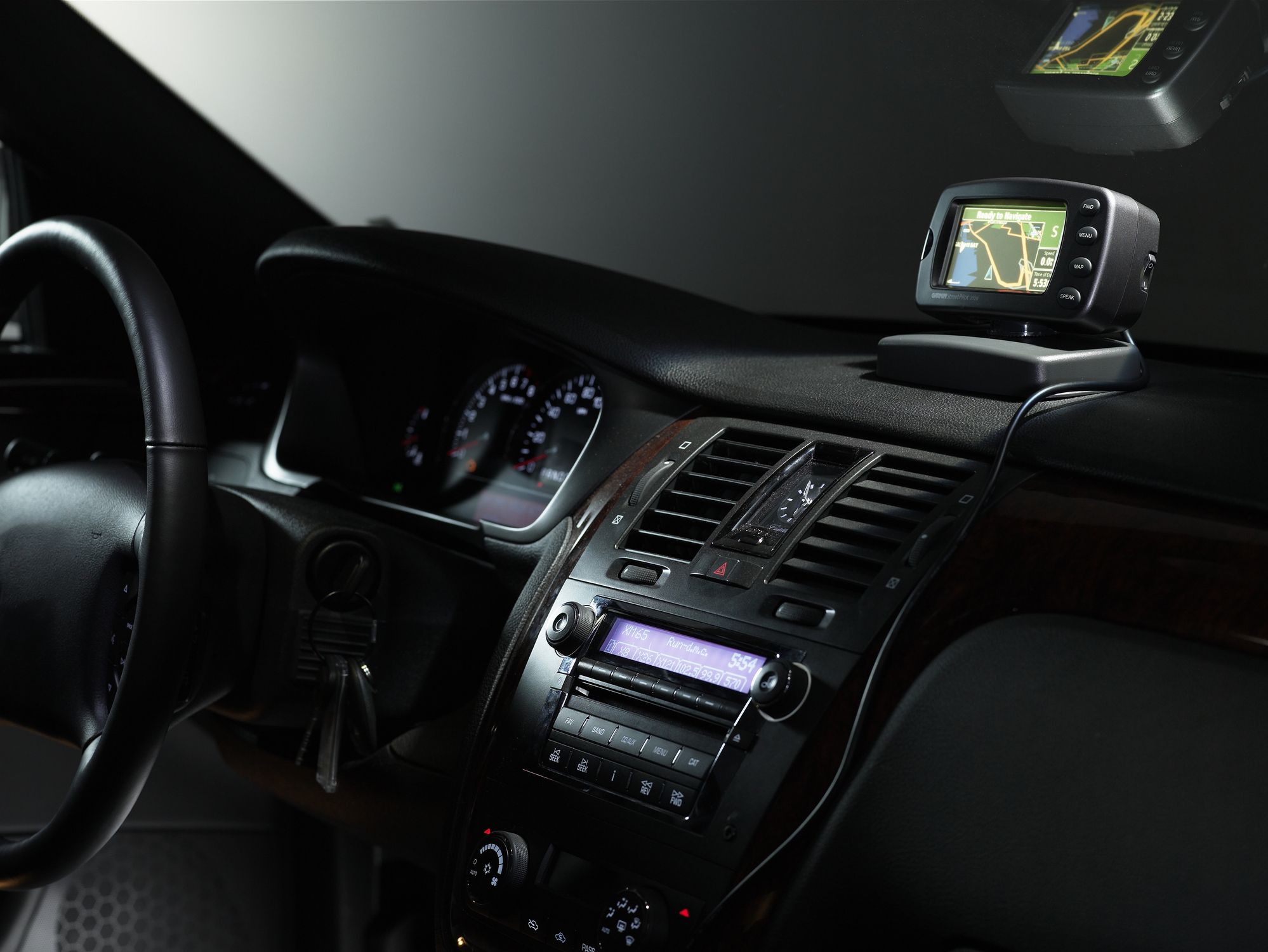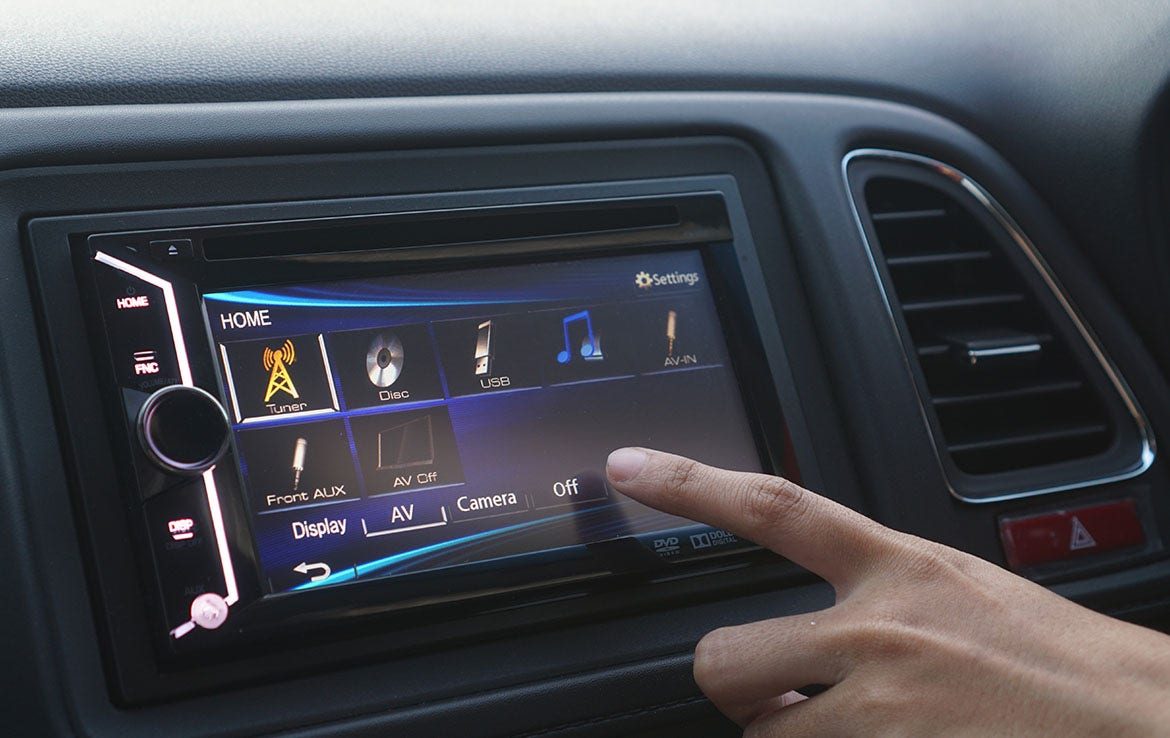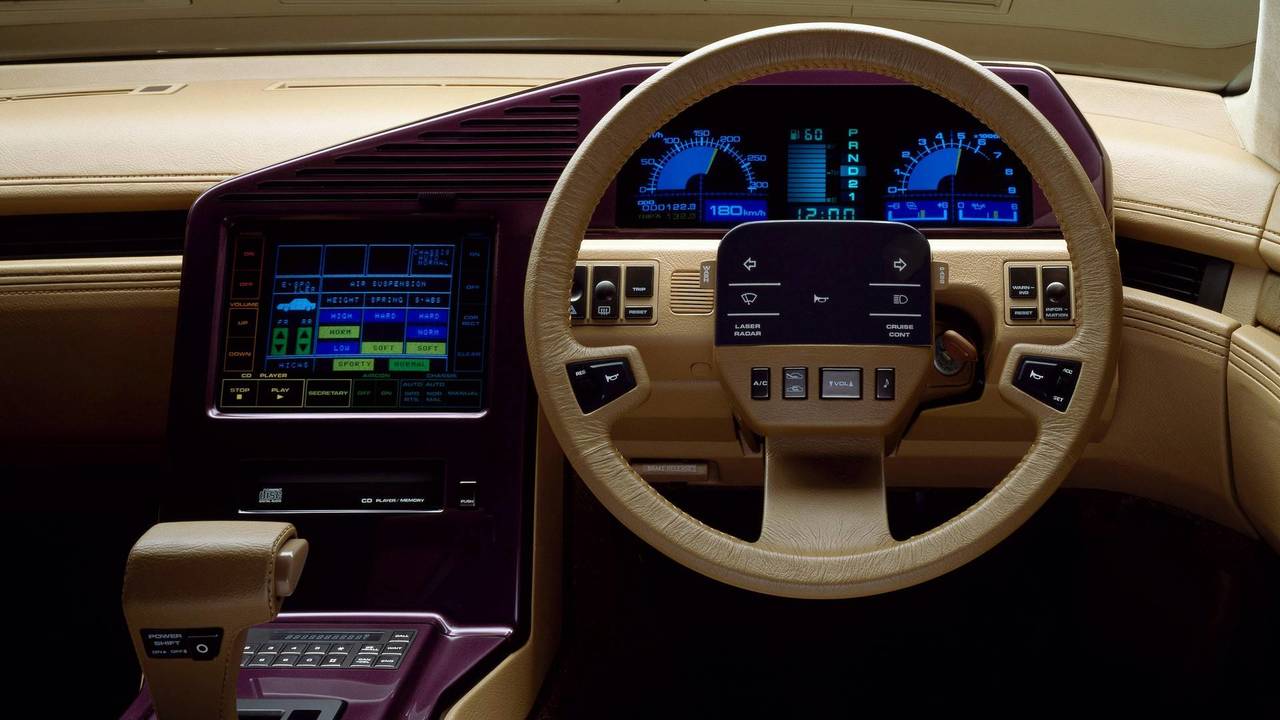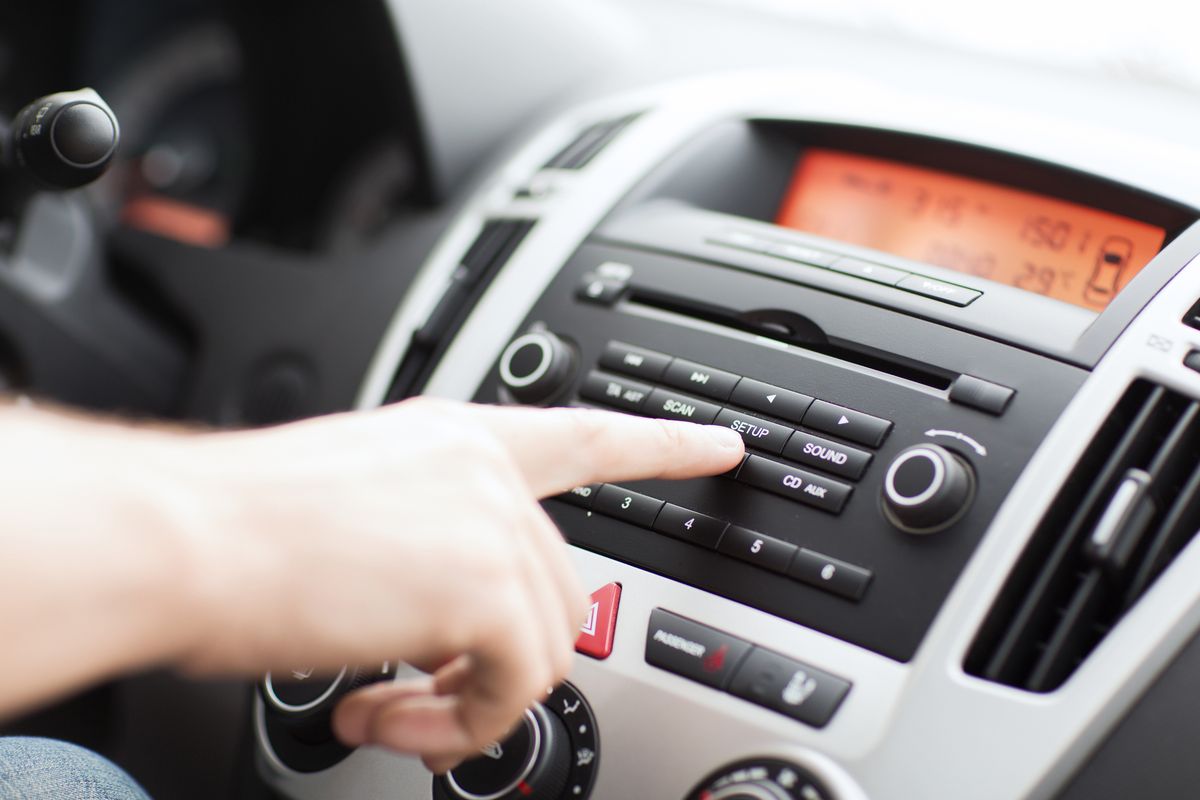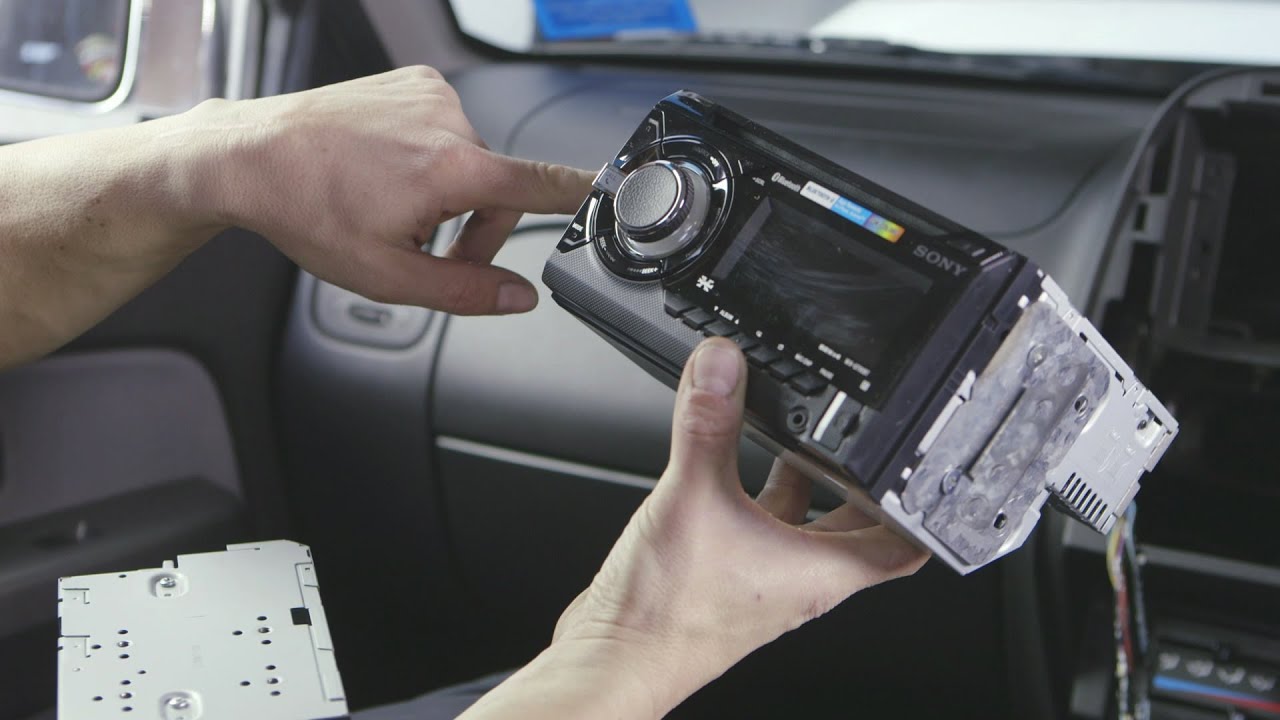Home>Devices & Equipment>Radio>What Radio Will Fit My Car
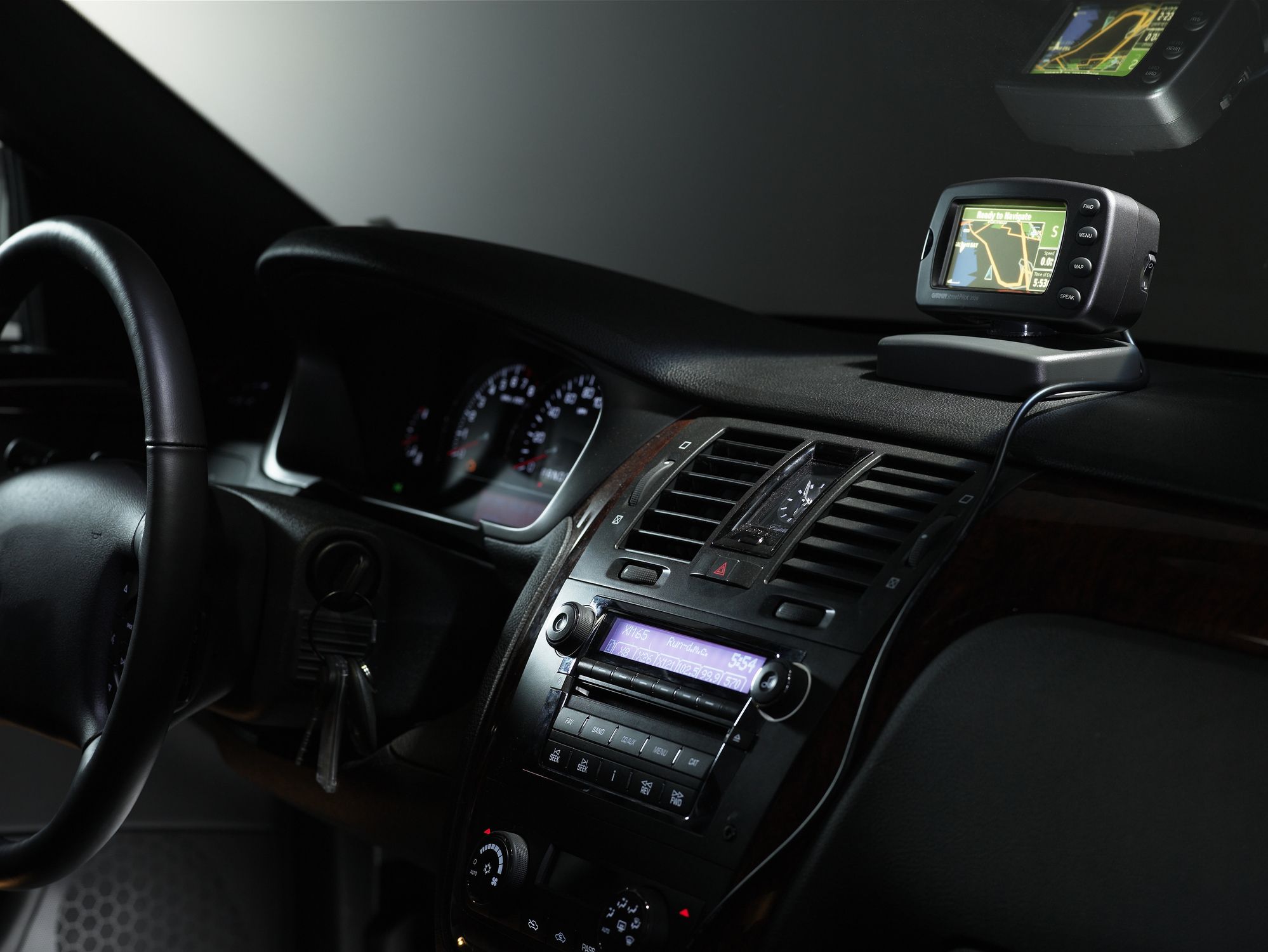

Radio
What Radio Will Fit My Car
Modified: January 22, 2024
Find the perfect radio for your car with our helpful guide. Discover which radios are compatible and ensure a seamless fit for your vehicle.
(Many of the links in this article redirect to a specific reviewed product. Your purchase of these products through affiliate links helps to generate commission for AudioLover.com, at no extra cost. Learn more)
Table of Contents
- Introduction
- Understanding Car Radio Compatibility
- Factors to Consider When Choosing a Car Radio
- Popular Car Radio Brands and Models
- Determining the Correct Size of Car Radio
- Checking Compatibility with Car’s Wiring System
- Upgrading Antenna and other Accessories
- Seeking Professional Help for Installation
- Conclusion
Introduction
Choosing the right car radio can greatly enhance your driving experience. Whether you’re looking to upgrade your current radio or replace a faulty one, finding the right fit for your car can be a daunting task. With countless options available in the market, it’s important to understand the factors that determine the compatibility of a car radio with your vehicle.
In this article, we will explore the key considerations to keep in mind when choosing a car radio. We’ll also discuss popular car radio brands and models, as well as the importance of determining the correct size and compatibility with your car’s wiring system. Lastly, we’ll delve into upgrading your antenna and other accessories, and the benefits of seeking professional help for installation.
Whether you’re a music enthusiast, a news junkie, or simply want a reliable navigation system, a quality car radio can make your driving experience much more enjoyable. So, let’s dive in and explore the world of car radios!
Understanding Car Radio Compatibility
When it comes to car radios, compatibility is key. You want to make sure that the radio you choose is compatible with your car’s make, model, and year. But what exactly does compatibility mean in this context?
First and foremost, you need to consider the type of radio your car supports. Older cars typically have a standard AM/FM radio, while newer models may come equipped with advanced features such as Bluetooth connectivity, USB ports, and even digital radio capabilities. It’s important to know whether your car’s electrical system can support these features before making a purchase.
Additionally, you’ll need to consider the size of your car’s radio opening. Car radios come in different sizes, including Single DIN (2×7 inches) and Double DIN (4×7 inches). Measure the dimensions of your current radio or the radio opening in your car to ensure the new radio will fit properly.
Moreover, it’s crucial to check if the new radio is compatible with your car’s wiring system. Each car has its own unique wiring configuration, so it’s necessary to find a radio that matches or can be properly adapted to your car’s wiring setup. This will ensure that all the necessary connections for power, speakers, and controls are established correctly.
Compatibility also extends to the antenna. Some cars have a standard antenna while others require an adapter or a specific type of antenna for optimal reception. Make sure the new radio is compatible with your car’s antenna type or consider upgrading the antenna if needed.
Lastly, keep in mind any additional components you may need to install the new radio properly. This may include a mounting kit, wiring harness, or adapter plates. These accessories will help ensure a seamless installation and maintain the functionality of other components in your car.
By understanding car radio compatibility, you can make an informed decision when choosing a new radio for your vehicle. Now that we’ve covered the basics, let’s explore the factors to consider when selecting a car radio.
Factors to Consider When Choosing a Car Radio
When it comes to choosing the right car radio, several factors come into play. By considering these factors, you can ensure that your new radio not only fits your car but also meets your specific needs and preferences. Let’s take a closer look at these essential factors:
- Features: Consider the features you want in a car radio. Do you need Bluetooth connectivity for hands-free calling and audio streaming? Are you interested in having a USB port or an auxiliary input for connecting external devices? Make a list of the features you prioritize and look for radios that offer them.
- Sound Quality: Sound quality is a vital consideration. Look for a car radio that provides crisp and clear audio output. Check for features like equalizer settings, built-in amplifiers, and compatibility with external audio components like subwoofers.
- User Interface: The user interface should be intuitive and user-friendly. Look for radios with easy-to-navigate menus, clear displays, and physical buttons that provide quick access to essential functions. Touchscreen interfaces can also be convenient if they are responsive and well-designed.
- Expandability: Consider your future needs and desires for your car audio system. Look for radios that have expandability options, such as preamp outputs for adding external amplifiers or compatibility with satellite radio and navigation systems.
- Brand and Reputation: Choose a reputable brand known for producing high-quality car radios. Research customer reviews and ratings to gauge the reliability and durability of the brand’s products.
- Budget: Set a budget for your car radio purchase. Prices can vary significantly depending on the brand, features, and overall quality of the radio. Determine your budget range and focus on radios within that range.
By considering these factors, you can narrow down your options and find a car radio that meets your requirements. Remember, compatibility is crucial, so always double-check that the radio fits your car’s specifications. In the next section, we’ll explore popular car radio brands and models to help you in your decision-making process.
Popular Car Radio Brands and Models
When it comes to car radios, there are several reputable brands that consistently deliver high-quality products. Let’s take a look at some of the most popular car radio brands and models that are highly regarded in the industry:
- Pioneer: Pioneer is well-known for its innovative and feature-packed car radios. Their models often include advanced connectivity options like Bluetooth, USB, and auxiliary inputs. The Pioneer AVH-W4500NEX and Pioneer DEH-S7200BHS are highly regarded models.
- Kenwood: Kenwood is another leading brand that offers a wide range of car radios. Kenwood models are known for their excellent sound quality and intuitive user interfaces. The Kenwood Excelon DDX9906XR and Kenwood DDX26BT are popular choices among car audio enthusiasts.
- Sony: Sony offers a diverse lineup of car radios that combine sleek designs with cutting-edge features. Sony radios often include smartphone integration, built-in amplifiers, and vibrant displays. The Sony XAV-AX5000 and Sony DSX-GS80 are highly recommended models.
- Alpine: Alpine is recognized for its premium car audio products, including car radios. Alpine models are renowned for their superior sound quality, durability, and advanced features. The Alpine iLX-F309 and Alpine CDE-172BT are widely regarded as top choices.
- JVC: JVC is a trusted brand when it comes to car radios, offering a great balance of affordability and functionality. JVC models often feature sleek designs, easy-to-use interfaces, and compatibility with various audio sources. The JVC KW-M740BT and JVC KD-T700BT are popular choices.
While these brands and models are highly regarded, it’s important to consider your specific requirements and compare the features and prices of various radios. Additionally, it’s always a good idea to read customer reviews and seek expert advice to make an informed decision.
Now that we’ve explored popular car radio brands and models, let’s move on to the next factor to consider when choosing a car radio: determining the correct size.
Determining the Correct Size of Car Radio
Ensuring that you choose the correct size of car radio is crucial for a proper fit and installation. Car radios come in different sizes, and the size you need will depend on your car’s dashboard and the available space for installation.
The two common sizes for car radios are Single DIN and Double DIN. Here’s how to determine which size is the right fit for your car:
- Single DIN: A Single DIN radio measures approximately 2×7 inches and is the standard size for most older car models. If your car currently has a Single DIN radio installed, you’ll need to choose a new radio with the same size to ensure a seamless fit.
- Double DIN: A Double DIN radio measures approximately 4×7 inches, offering a larger display and more features compared to Single DIN radios. If your car has a Double DIN opening or enough space to accommodate a Double DIN radio, you can opt for this size for a more visually appealing and feature-rich upgrade.
When determining the size of your car radio, it’s essential to consider any surrounding components that may affect the installation. Check the available space in your car’s dashboard and ensure that there is enough depth for the radio as well. Some cars have limited space for installation due to air conditioning vents, heating controls, or other dashboard features.
If you’re unsure about the correct size of your car radio, consult your car’s manual or seek the assistance of a professional installer. They can provide guidance and ensure that you choose a radio that fits perfectly, both in terms of size and compatibility.
Now that you know how to determine the correct size of a car radio, let’s move on to another important consideration: checking compatibility with your car’s wiring system.
Checking Compatibility with Car’s Wiring System
When choosing a new car radio, it’s crucial to ensure compatibility with your car’s wiring system. Each car has a unique wiring configuration, and using a radio that is not compatible could lead to installation issues or even damage to your car’s electrical system.
Here are a few steps to help you check the compatibility of the new radio with your car’s wiring system:
- Research: Start by researching the specifications of your car’s wiring system. Look for information on the wiring harness and connections required for the radio. You can find this information in your car’s manual or by searching for the model number of your car.
- Compare: Compare the wiring specifications of your car with the specifications provided by the radio manufacturer. Look for compatibility in terms of the power connections, speaker connections, and control connections. Ensure that the radio and your car’s wiring system have matching specifications.
- Adapter Harness: In some cases, you may need an adapter harness to connect the new radio to your car’s wiring system. Adapter harnesses provide a plug-and-play solution for easy installation and ensure the correct connections. Check if the new radio comes with a compatible adapter harness or if you need to purchase one separately.
- Additional Features: If you’re planning to add additional features to your car radio, such as steering wheel controls or a backup camera, make sure that the new radio is compatible with these features. Some radios require additional adapters or modules to integrate these features properly.
- Professional Assistance: If you’re unfamiliar with car wiring systems or unsure about the compatibility, it’s best to seek professional assistance. A car audio installer or technician can help you determine the compatibility and ensure a safe and proper installation.
By checking compatibility with your car’s wiring system, you can ensure that the new radio will work seamlessly with your car’s electrical system and avoid any potential issues during installation.
Next, let’s explore the importance of upgrading antennas and other accessories when installing a new car radio.
Upgrading Antenna and other Accessories
When installing a new car radio, it’s important to consider upgrading your antenna and other accessories to optimize your audio experience. Upgrading these components can improve signal reception, audio quality, and overall functionality. Here are a few key considerations:
Antenna: The antenna is responsible for capturing radio signals and delivering them to your car radio. If you’re experiencing poor signal reception or static interference, upgrading your antenna can significantly enhance your radio’s performance. Look for high-quality antennas that are compatible with your car’s make and model. Additionally, some newer car radios may require adapters or specific antenna types, so ensure compatibility before making a purchase.
Amplifiers: If you’re looking to boost the power and clarity of your audio system, consider adding an amplifier. Amplifiers can provide additional amplification to your car’s speakers, resulting in louder and richer sound quality. Make sure to choose an amplifier that matches the power requirements of your speakers and the output capabilities of your new radio.
Subwoofers: If you are a fan of deep bass and want to enhance the low-frequency audio in your car, consider adding a subwoofer. Subwoofers are specialized speakers designed to reproduce low-frequency sounds accurately. They can greatly enhance the audio experience, particularly for genres like hip-hop, EDM, and rock music.
Backup Cameras: Installing a backup camera can greatly improve safety and convenience when parking or maneuvering your vehicle. Some car radios offer compatibility with backup cameras, allowing you to easily integrate this feature into your audio system. Check if your new radio supports a backup camera connection or if you need additional adapters or modules.
Dash Kits and Wiring Harnesses: To ensure a secure and professional-looking installation, consider investing in dash kits and wiring harnesses. Dash kits help to neatly integrate the new radio into your car’s dashboard and provide a proper fit. Wiring harnesses, on the other hand, simplify the installation process by providing plug-and-play connections between the radio and your car’s wiring system.
By upgrading your antenna and considering other audio accessories, you can maximize the performance and functionality of your new car radio. However, it’s important to ensure compatibility and seek professional assistance if needed to ensure a proper installation.
In the next section, we’ll discuss the benefits of seeking professional help for the installation of your new car radio.
Seeking Professional Help for Installation
While some car enthusiasts may be inclined to install a new car radio themselves, seeking professional help for installation is often the best choice. Here are some compelling reasons why you should consider hiring a professional for the installation:
Expertise and Experience: Professional car audio installers have in-depth knowledge and years of experience in working with various car models and audio systems. They understand the intricacies of wiring, compatibility, and proper installation techniques. Their expertise ensures that the installation is performed correctly, minimizing the risk of damage to your car’s electrical system.
Time and Convenience: Installing a car radio can be a time-consuming task, especially if you’re new to it. By hiring a professional, you can save valuable time and effort. Professionals have the necessary tools and resources to complete the installation efficiently, allowing you to enjoy your new radio quickly and conveniently.
Warranty and Guarantee: Professional installers often offer warranties or guarantees on their workmanship. This provides peace of mind that in case of any issues or malfunctions, they will rectify the problem at no extra cost. Additionally, professional installation ensures that the manufacturer’s warranty on the radio remains valid, as improper installation can void warranties.
Seamless Integration: Professional installers have the expertise to seamlessly integrate the new radio into your car’s dashboard. They can ensure that the wiring connections are properly made, the radio fits securely, and the aesthetics of the installation are pristine. This results in a clean and professional-looking installation that enhances the overall appearance of your car’s interior.
Troubleshooting and Technical Support: If any issues arise during or after the installation, professional installers are equipped with the knowledge and resources to troubleshoot and provide technical support. Whether it’s addressing unexpected wiring complications or tackling compatibility issues, professionals can resolve these problems efficiently.
By seeking professional help for the installation of your car radio, you can avoid potential pitfalls and ensure a smooth and successful installation. It is an investment that guarantees a high-quality installation and maximizes the performance of your new car radio.
Now that we’ve discussed the benefits of seeking professional help, let’s conclude our article.
Conclusion
Choosing the right car radio is an important decision that can greatly enhance your driving experience. By understanding car radio compatibility, considering factors such as features, sound quality, and user interface, and exploring popular brands and models, you can make a well-informed choice.
It’s crucial to determine the correct size of the car radio and ensure compatibility with your car’s wiring system. Upgrading accessories like antennas, amplifiers, and dash kits can further optimize the audio performance of your car radio.
While some may opt for DIY installation, seeking professional help offers several advantages. Professionals bring expertise, experience, and convenience to the installation process, ensuring a seamless integration of your new car radio.
Remember to research thoroughly, read customer reviews, and consult with experts if needed. By making the right choices, you can enjoy the benefits of a high-quality car radio that fits perfectly in your vehicle, delivers exceptional sound, and enhances your driving experience.
Now that you’re equipped with the knowledge and considerations for choosing and installing a car radio, it’s time to explore the market, find the perfect fit, and hit the road with your favorite tunes or stay connected with the latest news and podcasts.

